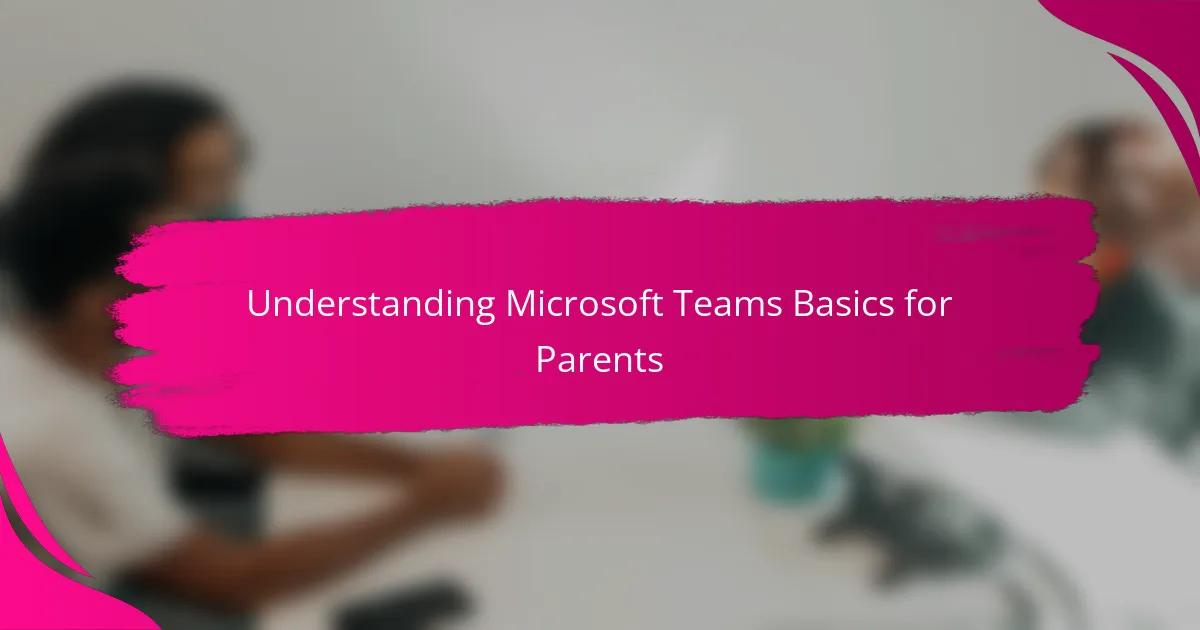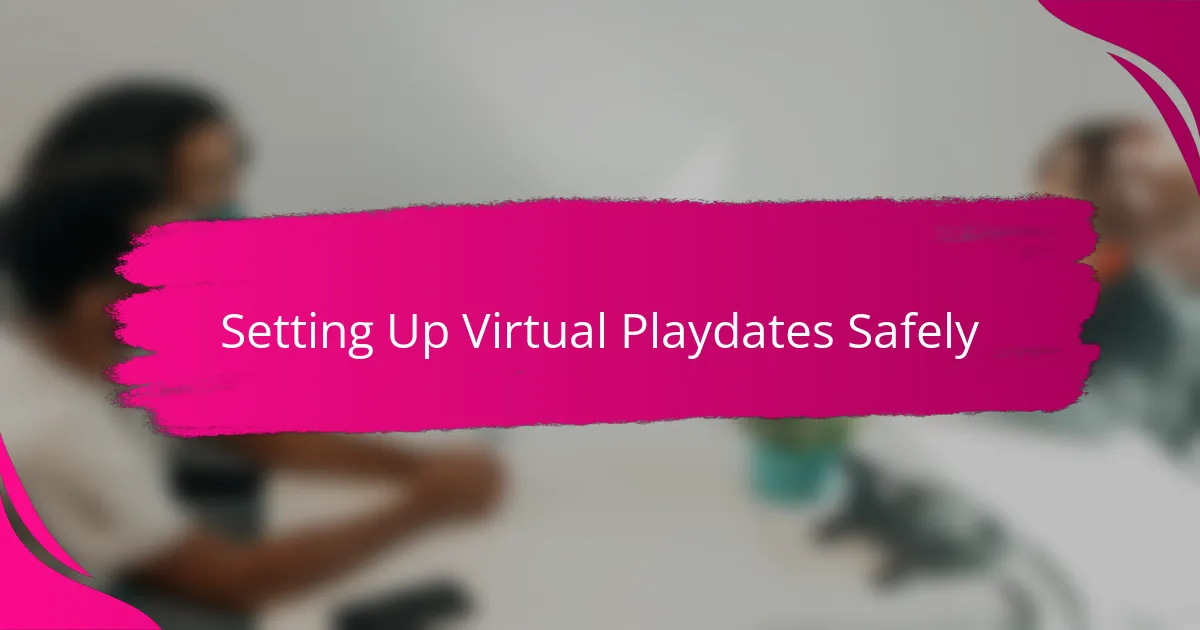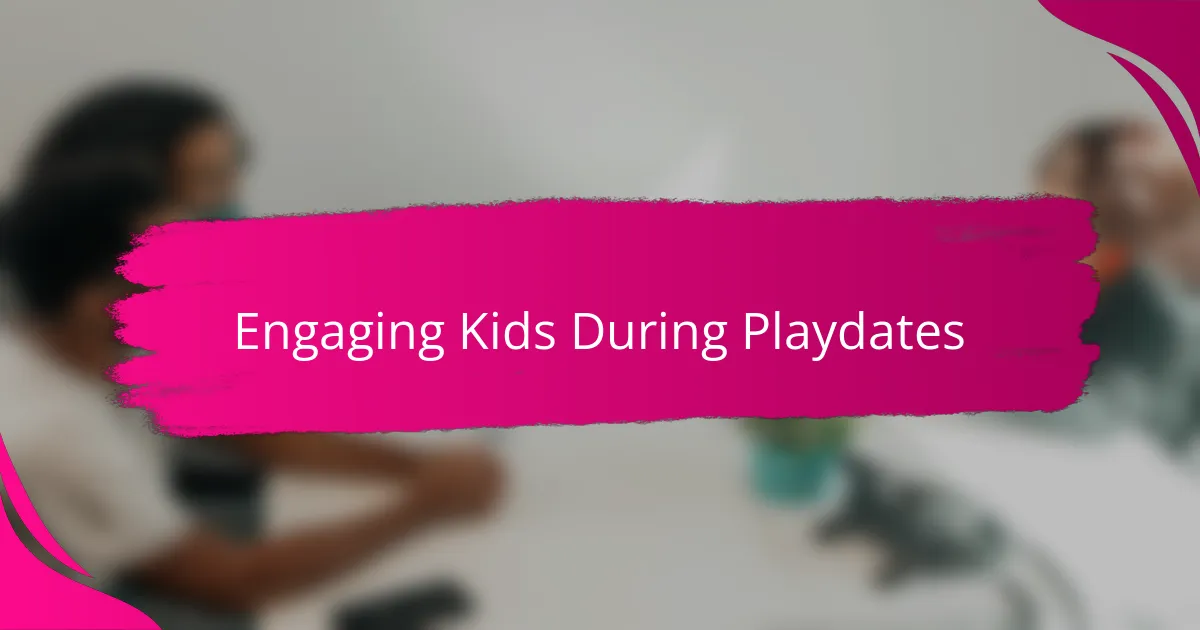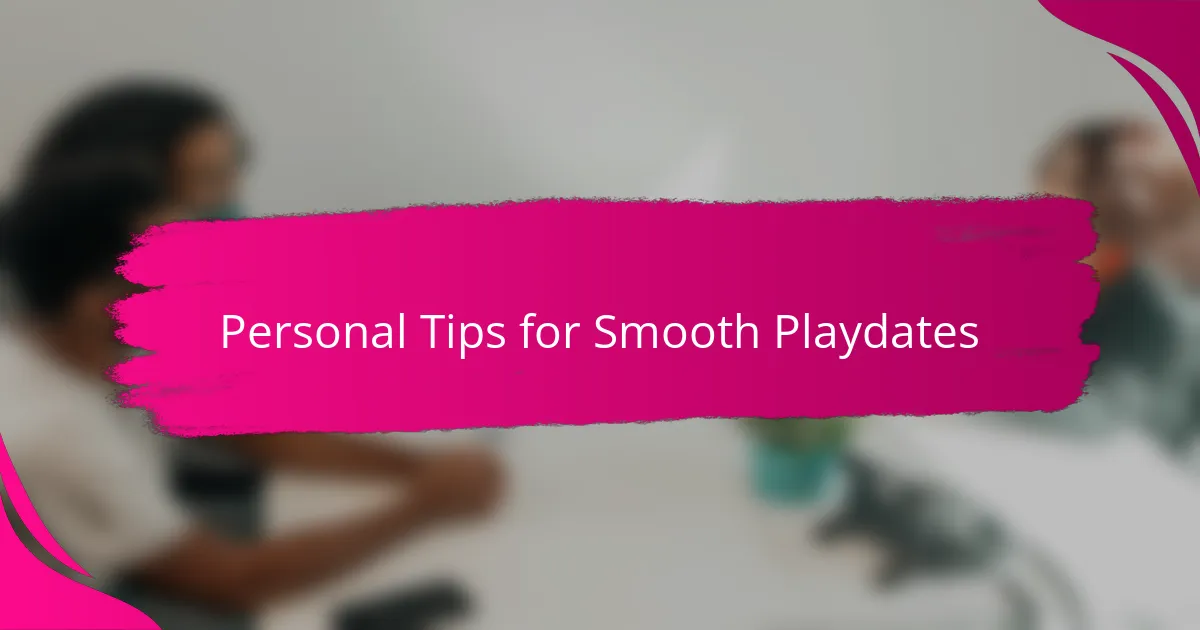Key takeaways
- Setting secure meeting links and using features like lobby control enhances safety during virtual playdates.
- Engaging kids through varied activities and allowing them to lead fosters creativity and focus.
- Clear expectations and backup activities help maintain order and connection during playdates.
- Balancing screen time with offline activities prevents fatigue and enhances the overall experience.

Understanding Microsoft Teams Basics for Parents
When I first opened Microsoft Teams, it felt overwhelming, but understanding a few basics made all the difference. Teams is essentially a virtual meeting space where you can create groups, chat, and share video—all in one place. Knowing where to find the mute button or how to turn your camera on quickly became my little victory moments.
Have you ever wondered how to keep your child’s virtual playdate fun without the tech getting in the way? For me, mastering the “Join Meeting” button and seeing who’s online were key to keeping things smooth. It’s those small details—like managing notifications—that helped me stay present and not distracted by endless pop-ups.
From experience, understanding that Teams works on both desktop and phone apps gave me flexibility when juggling kids’ schedules. I could quickly join a playdate while making dinner or even during a quiet moment in the car. Realizing this made me appreciate how accessible and parent-friendly this tool can be if you spend a little time getting familiar with its basics.

Setting Up Virtual Playdates Safely
One thing I always prioritize is setting up a secure meeting link and sharing it only with trusted friends or family. It might sound simple, but controlling who enters the virtual space makes all the difference in keeping my child’s playdate safe and enjoyable. Have you ever had unexpected guests crash a call? I certainly have, and it’s a reminder to double-check those privacy settings.
Another trick I’ve found useful is enabling the lobby feature in Teams. This lets me screen who’s joining the playdate before letting them in, which gives me peace of mind. It feels like having a little gatekeeper protecting our virtual playroom, ensuring only invited friends can interact with my kids.
Finally, I make it a point to keep the playdates supervised—not glued to the screen, but close enough to notice if something feels off. It’s a balancing act, but staying nearby helps me quickly address any issues while letting the kids have their fun. After all, safety is more than locks and passwords; it’s about being present.

Inviting and Managing Participants
When inviting participants to a Microsoft Teams playdate, I always double-check the email addresses before hitting send. It’s such a relief knowing only the right families receive the invite, avoiding those awkward moments when strangers pop in. Have you ever felt that small surge of panic when someone unexpected joins? That’s why I stick to carefully curated invitations.
Managing participants during the call can feel like herding cats, especially with little ones excited to see their friends. I learned to use the “Mute All” feature sparingly—just enough to keep background noise down without making the kids feel like they’re being silenced. Finding that balance took a few tries, but now the playdates flow much more smoothly.
I also keep an eye on the participant list throughout the session. It’s like having a quick check-in with my virtual guestbook, making sure no one drops off or appears out of nowhere. This simple habit gives me confidence that the playdate stays on track while letting the kids fully enjoy their time together.

Engaging Kids During Playdates
Keeping kids engaged during virtual playdates took me a little trial and error. I found that mixing up activities—like sharing a quick show-and-tell or playing simple online games—keeps their attention better than just chatting. Have you noticed how easily kids get distracted on video calls? Offering varied, interactive moments helps bring their focus back naturally.
Sometimes, I let the kids take turns leading a game or story. It’s amazing how confident they become when given that spotlight, and it really sparks creativity. From my experience, those moments where they feel in charge turn a passive screen time session into a lively, enjoyable hangout.
I also learned the importance of being patient and flexible. There are days when connection glitches or short attention spans test my optimism, but reminding myself it’s about connection, not perfection, helps me stay calm. After all, these playdates are memories in the making—even with an occasional tech hiccup.

Troubleshooting Common Issues
Have you ever experienced that awkward freeze when the audio suddenly cuts out mid-playdate? I’ve been there, and it’s frustrating when kids start asking, “Can you hear me?” My go-to fix has been a quick restart of the app or device, which usually clears up the glitch faster than you’d expect.
Sometimes, the camera won’t switch on, leaving me locked out of those precious face-to-face moments. I learned to check permissions early—Microsoft Teams needs access to your camera and microphone, so it pays to double-check those settings before the call starts. This little step saved me a lot of last-minute panic.
And let’s not forget connection issues. When the video or sound gets choppy, I gently remind myself that a simple move closer to the router or switching to a wired connection can make a world of difference. Have you tried toggling off video to let just the audio carry the playdate? It’s a small trick that keeps the conversation flowing without the frustrating lag.

Personal Tips for Smooth Playdates
One thing I’ve found invaluable is setting clear expectations with kids before the playdate starts—simple rules like taking turns speaking or keeping backgrounds tidy go a long way. Have you ever noticed how a little structure helps reduce chaos? It’s not about being strict but creating a space where everyone feels comfortable and heard.
I also keep a backup activity ready, just in case the main plan doesn’t click. Sometimes kids get shy or distracted, and having a quick game or a shared drawing session on standby turns those awkward pauses into moments of genuine connection. From experience, being flexible with the flow makes the virtual playdate feel more natural and less like a video meeting.
Finally, I always remind myself to stay relaxed and positive, even when things go off-script. Kids pick up on our vibes, so keeping a calm attitude helps everyone enjoy the time together. Have you ever turned a technical hiccup into a fun little challenge? Those unexpected moments often become the best memories in our digital playdates.

Balancing Screen Time and Fun
Finding the right balance between screen time and fun during virtual playdates took me some trial and error. I quickly realized that setting time limits helped prevent the kids from feeling restless or overwhelmed. Have you ever caught your child zoning out mid-call? That’s usually my cue to switch things up or suggest a break to keep the energy positive.
Sometimes, I worry that too much screen time might dampen the playfulness I want to encourage. So, I make it a point to weave in offline activities before or after the call—like drawing or a quick outdoor game—to complement their screen interaction. From my experience, blending digital fun with real-world play keeps things fresh and helps everyone feel more balanced.
I also learned to watch for signs of fatigue, not just in the kids but in myself. When the enthusiasm starts to wane, pausing or ending the session early often feels like a win. Isn’t it better to leave everyone wanting more rather than dragging things out? I find this approach keeps virtual playdates enjoyable and something they look forward to again.
